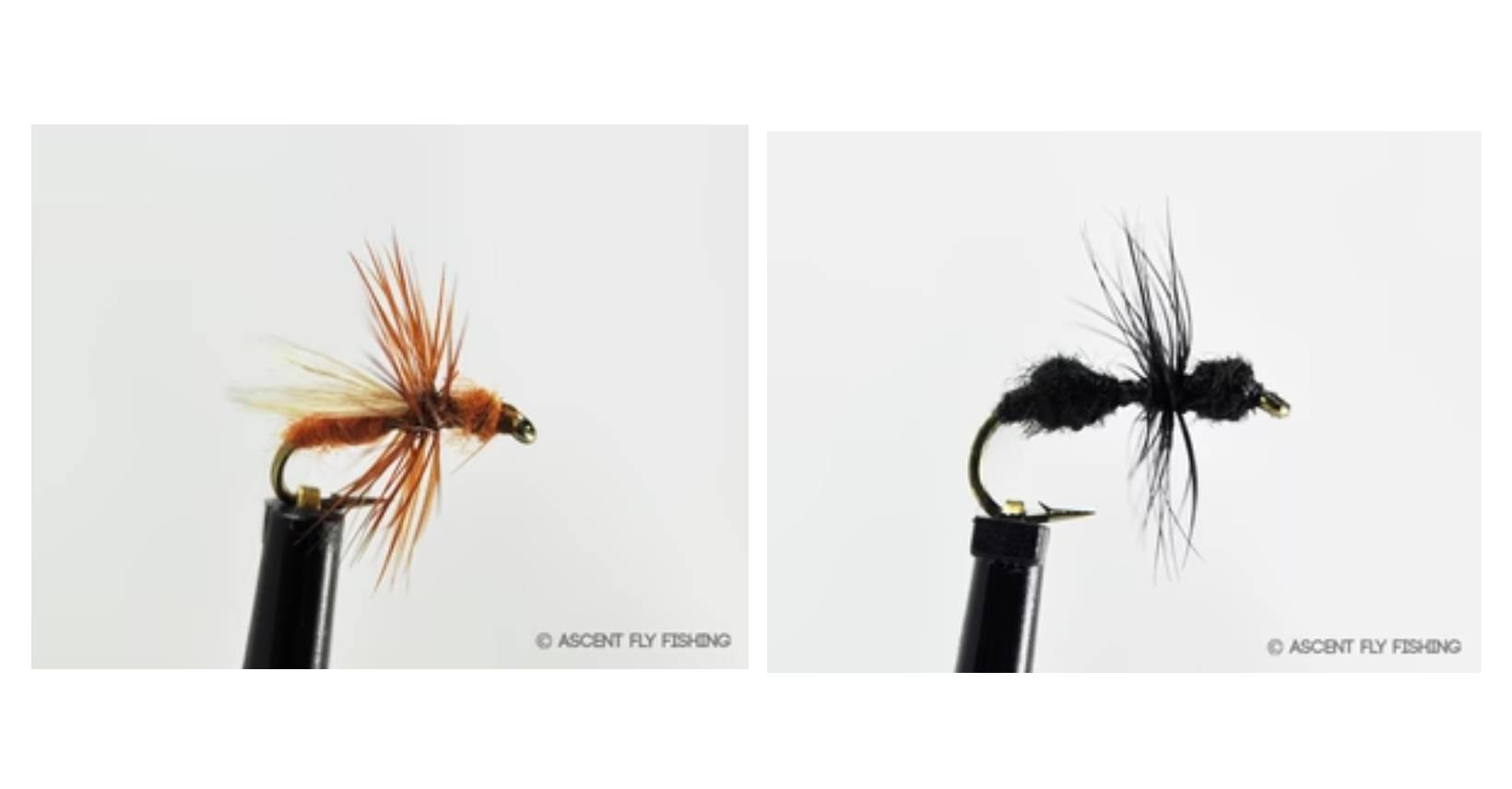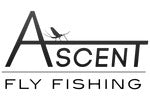
Flying Ants & Fly Fishing: How to Match the Hatch When Ants Take Flight
When late summer and early fall roll around, fly anglers know it’s time to keep one eye on the sky. That’s because flying ants, sometimes called fly ants or ants that fly, can trigger some of the most explosive trout feeding behavior of the entire year. However, to capitalise on this unique hatch, you need to understand the science behind it and how to match it effectively.
At Ascent Fly Fishing, we blend entomology and angling to help you fish smarter. So let’s dive into what flying ants are, when they show up, and how you can imitate them to hook more trout.
What Are Flying Ants?
Flying ants are not a separate species — they’re the reproductive males and queens of common ant colonies. Also known as alates, these ants grow wings for a short period each year, typically after a rain, to swarm and mate mid-air. Once they land, they lose their wings and begin forming new colonies.
You might hear anglers call them flying ants, fly ants, or even just ants that fly. No matter the term, trout see them as an easy, high-protein snack — and so should you.
When Do Flying Ants Hatch?
Flying ant swarms can occur from late July through September, depending on your region and elevation. Warm, humid days following rain are the most common triggers. Often, these swarms are localized and intense, leading to sudden feeding frenzies where trout abandon their usual caution.
Knowing when and where these hatches occur is crucial. That’s why we recommend keeping a journal of past seasons, noting weather patterns, ant activity, and trout responses. As scientists and anglers, data makes the difference.
Why Trout Go Crazy for Flying Ants
Trout aren’t just opportunistic feeders — they’re also calorie counters. A flying ant trapped on the water's surface is high in protein and fat, floating helplessly as easy prey. During a hatch, hundreds or thousands of ants may fall into the water at once, creating a natural buffet.
That’s why even picky or pressured fish will abandon their usual selectivity to slurp ants aggressively, making it a prime opportunity for anglers to capitalize on dry fly action.
Best Fly Patterns for the Flying Ant Hatch
Here at Ascent Fly Fishing, we specialize in entomologically accurate fly patterns. When the flying ants are out, you want to fish flies that match size, profile, and color.
Top Producing Ant Fly Patterns:
- Parachute Flying Ant – Excellent for visibility and presentation.
- Cinnamon Ant – Ideal for mimicking reddish-brown ant species.
- Black Flying Ant – A staple for darker ant hatches.
- Hi-Vis Ant – Great for low light or glare conditions.
- Sunk Ants – Sometimes, fish will key in on drowned ants below the surface.
Scientific tip: Use a #14 to #18 hook size to match most ant species found near freshwater streams.
How to Fish a Flying Ant Pattern
Fishing an ant that flies is all about subtle presentation. These insects flutter, land awkwardly, and drift naturally. To imitate this:
- Use a dead drift: Cast upstream and let the fly float drag-free.
- Target slower water: Look for eddies, foam lines, or seams.
- Use light tippet: 5X or 6X will help keep your fly drifting naturally.
- Don’t rush the strike: Trout often sip fly ants gently. Wait until you see the mouth close before setting the hook.
Pro Tip: Know Your Local Ants
Ascent Fly Fishing is built on scientific entomology. That means we recommend studying local ant species to better match their size and color. If you're unsure, bring a few specimens or photos into our shop — we’ll help you identify them and choose the perfect fly.
Why Ascent Fly Fishing?
At Ascent Fly Fishing, we don't just sell flies — we provide science-based solutions for anglers who want to fish with confidence. All of our patterns are researched, tested, and field-proven to imitate the real insects in your local waters.
We offer:
- Customized fly selections based on stream entomology
- Educational resources and hatch charts
- Expert advice backed by biology, not just fishing lore
When the flying ant hatch hits, don’t get caught guessing. Be prepared, be precise, and fish with confidence.
Shop Now: Flying Ant Patterns at Ascent Fly Fishing
Upgrade your box with flying ant patterns that actually match what trout are eating. Browse our fly ant collection today and get the science-backed edge.
Final Thoughts
The flying ant hatch may be short-lived, but it’s one of the most exciting times to be on the water. Armed with the right knowledge and flies, you’ll turn these brief swarms into banner days.
So whether you call them flying ants, fly ants, or ants that fly, one thing is clear: trout love them — and you should too.


